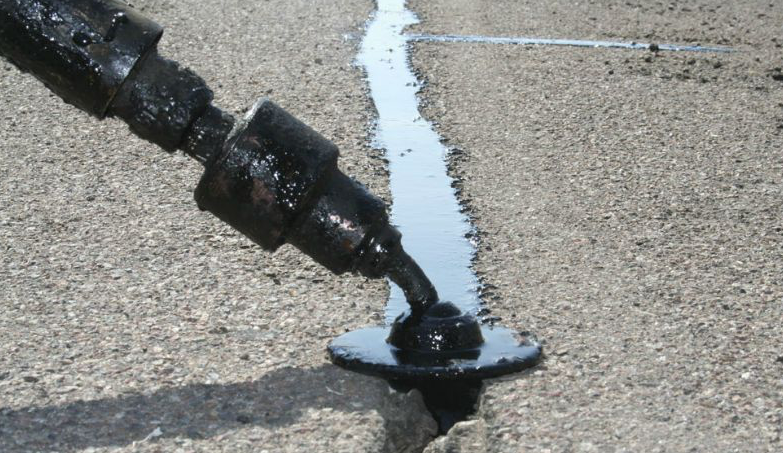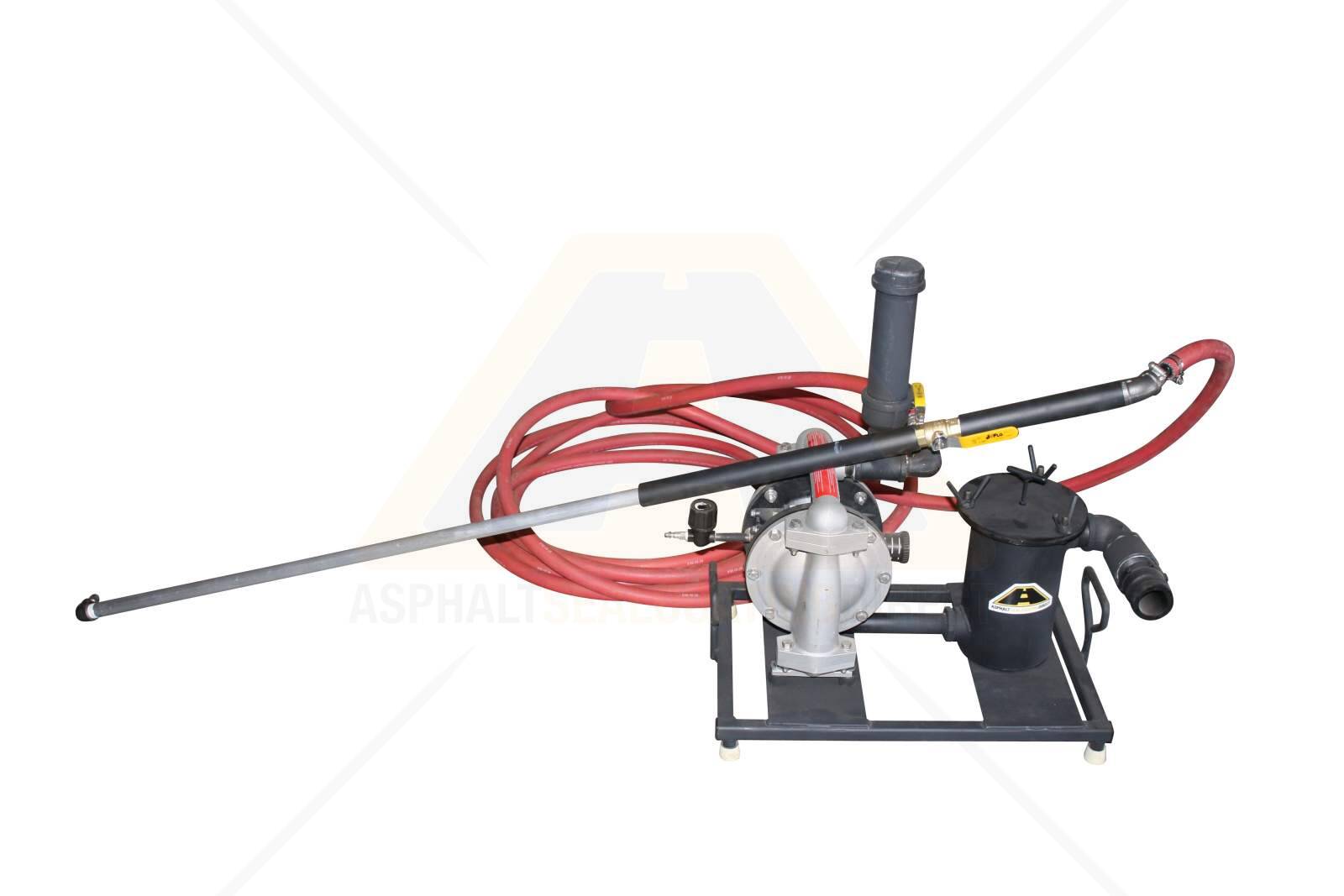Transform Your Building's Looks: Commercial Parking Lot Leading and Asphalt Sealing Solutions
Transform Your Building's Looks: Commercial Parking Lot Leading and Asphalt Sealing Solutions
Blog Article
Hot Mix Asphalt: A Sustainable Service for Pavement
Warm Mix Asphalt (HMA) has emerged as a leading lasting choice for sidewalk options, providing a myriad of innovative innovations and ecological advantages. As the demand for eco-friendly construction techniques grows, exploring the subtleties of HMA's sustainability can provide useful insights right into the future of pavement remedies.
Environmental Benefits of Hot Mix Asphalt

In Addition, Warm Mix Asphalt helps to minimize metropolitan warmth island effects. Its dark shade takes in sunlight, minimizing the amount of heat mirrored back into the ambience contrasted to lighter-colored sidewalks. This can reduce ambient temperature levels in urban locations, lowering the need for cooling and ultimately reducing power usage.
Additionally, Warm Mix Asphalt contributes to boosted stormwater management. Its porous nature enables water to penetrate the sidewalk and recharge groundwater products, lowering drainage and the threat of flooding. These environmental benefits make Hot Mix Asphalt a sustainable option for leading highways and roadways.
Power Efficiency in HMA Production
Is energy efficiency a critical factor in the manufacturing of Hot Mix Asphalt (HMA)? Energy plays a substantial duty in the production of HMA, impacting both cost and environmental sustainability. One crucial aspect of power effectiveness in HMA manufacturing is the usage of warm mix asphalt (WMA) modern technologies.
Moreover, advancements in plant technologies have brought about more energy-efficient HMA manufacturing processes. Modern plants are made with features like recycled asphalt sidewalk (RAP) handling abilities, reliable burner systems, and improved insulation, all adding to energy savings. By enhancing energy use in HMA production, the market can reduce its carbon impact while maintaining high-quality sidewalk materials. Energy performance is, consequently, a vital consideration in making certain the sustainability of Hot Mix Asphalt manufacturing.
Recyclability of Warm Mix Asphalt
The recyclability of Warm Mix Asphalt (HMA) is an essential aspect of its sustainability and long-term ecological influence. HMA is one of the most recycled products in the United States, with over 100 million lots of redeemed asphalt pavement (RAP) being reused yearly in brand-new sidewalk construction. Recycling HMA uses several ecological benefits, such as minimizing the demand for virgin products, decreasing power consumption during manufacturing, and decreasing the quantity of waste sent out to land fills.
The process of recycling HMA involves milling the existing pavement, crushing it into smaller items, and mixing it with new accumulation and asphalt binder to produce discover this info here a recycled mix. This recycled mix can commonly perform as well as or perhaps go now much better than standard HMA, while calling for less resources and producing lower greenhouse gas exhausts. By including RAP right into brand-new sidewalk tasks, roadway firms can save all-natural resources, decrease expenses, and reduce the environmental footprint of roadway building and upkeep tasks. On the whole, the recyclability of HMA plays a significant function in promoting sustainable methods within the sidewalk sector.
.png)
Long-Term Efficiency of HMA
Asphalt pavements demonstrate longevity and strength over an extended period, showing the long-lasting efficiency of Warm Mix Asphalt (HMA) The durability of HMA can be credited to its ability to endure heavy web traffic tons, extreme weather, and the results of aging. Researches have actually revealed that well-designed and appropriately constructed HMA sidewalks can last for twenty years or more with normal maintenance. The secret to maximizing the long-term efficiency of HMA depends on utilizing top notch products, adhering to ideal methods in click this site building, and executing effective upkeep approaches. Correct drain, routine inspections, and prompt repair services are crucial for maintaining the architectural integrity of HMA sidewalks gradually. Furthermore, developments in HMA technology, such as making use of polymer-modified binders and cozy mix asphalt, have further boosted the sturdiness and long life of HMA sidewalks. By prioritizing top quality building and upkeep methods, HMA continues to prove itself as a lasting and affordable solution for lasting sidewalk infrastructure.

HMA: Sturdiness and Sustainability
Demonstrating both toughness and sustainability, Warm Mix Asphalt (HMA) has ended up being a cornerstone in the building of lasting sidewalk facilities - commercial parking lot paving. HMA's durability originates from its ability to withstand heavy loads, extreme weather, and high traffic quantities, making it a reliable option for highways, highways, and airport paths. The composition of HMA, which typically consists of accumulations, binder, and filler, plays an important role in enhancing its longevity and resistance to deterioration
Furthermore, HMA's sustainability exists in its recyclability and energy-efficient production procedure. The capability to recycle reclaimed asphalt pavement (RAP) in new HMA combinations decreases the demand for virgin materials and lessens the environmental impact of sidewalk building and upkeep. Additionally, the power effectiveness of generating HMA hinges on its lower blending temperature levels compared to various other pavement products, leading to reduced power consumption and greenhouse gas discharges.
Conclusion
In conclusion, hot mix asphalt (HMA) supplies a lasting remedy for sidewalk with its environmentally pleasant characteristics. HMA's recyclability, energy performance in production, and long-term sturdiness make it an environment-friendly selection for road building and construction.
HMA is one of the most recycled products in the United States, with over 100 million tons of redeemed asphalt sidewalk (RAP) being recycled every year in brand-new sidewalk construction.The process of reusing HMA includes grating the existing sidewalk, squashing it into smaller items, and mixing it with brand-new accumulation and asphalt binder to create a recycled mix.Asphalt sidewalks demonstrate resilience and strength over a prolonged duration, showing the long-term efficiency of Hot Mix Asphalt (HMA) Furthermore, advancements in HMA modern technology, such as the usage of polymer-modified binders and warm mix asphalt, have additionally enhanced the toughness and longevity of HMA sidewalks. The capacity to recycle redeemed asphalt pavement (RAP) in brand-new HMA blends minimizes the need for virgin products and decreases the environmental effect of sidewalk construction and maintenance.
Report this page